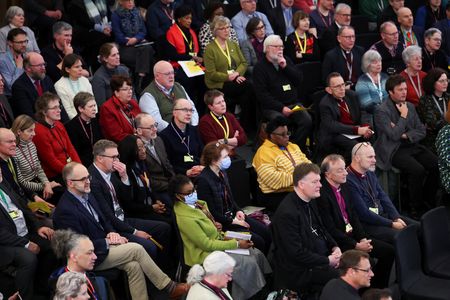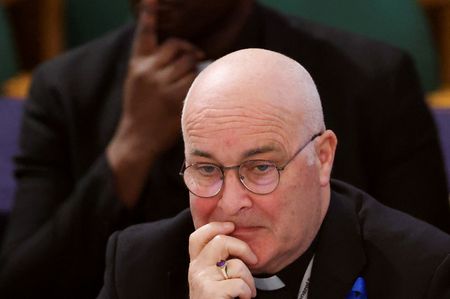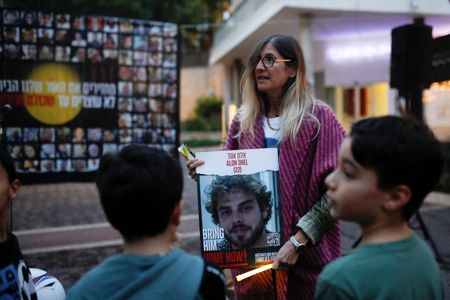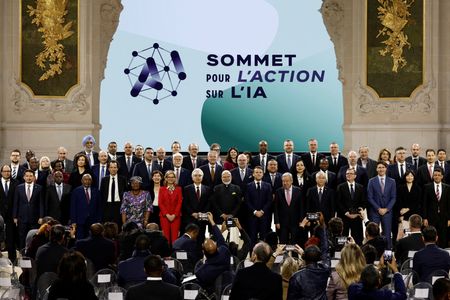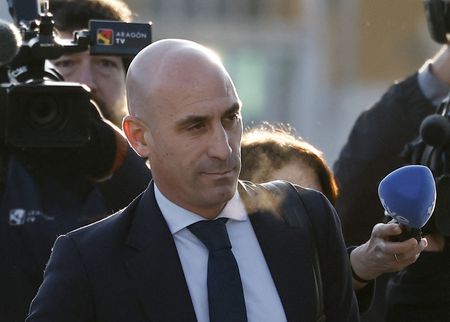By Muvija M
LONDON (Reuters) – The Church of England on Tuesday will take the first step towards overhauling its safeguarding system to make it independent of the religious institution, seeking to restore confidence following several failures on dealing with abuse.
The Church’s ruling body – the General Synod – will be asked to pick between two different safeguarding models. The Synod has gathered in London this week for the first time since former leader Justin Welby quit over an abuse cover-up scandal in November.
“These are radical steps, which I believe are necessary,” lead safeguarding bishop Joanne Grenfell wrote in the safeguarding proposals, which are due to be debated by the Synod later in the day before they are voted on.
The mother church for 85 million Anglicans in over 165 countries has been engulfed in a crisis over how it protects its members from abuse since Welby’s departure, with media reports levelling further allegations of abuse within the Church.
Archbishop Stephen Cottrell, who has temporarily stepped in for Welby while a permanent successor is selected, acknowledged that trust had been broken when he addressed the Synod on Monday, pledging to improve the systems in place.
Cottrell, who has faced accusations of historic safeguarding failures himself, admitted that he had made mistakes. He has previously defended his actions.
Under the new safeguarding proposals, one model transfers most of the staff employed by the National Safeguarding Team (NST) in the Archbishops’ Council to an external body, while the other goes further by transferring staff employed by the NST, as well as safeguarding staff from cathedrals and diocesan teams.
Grenfell, who plans to recommend the second option, said the models were designed to increase consistency and reduce the risk of actual or perceived conflict of interest.
Both include an external scrutiny body to deliver a complaint process, audits of diocesan and cathedral safeguarding, and accreditation of safeguarding professionals.
(Reporting by Muvija M, editing by Ed Osmond)

